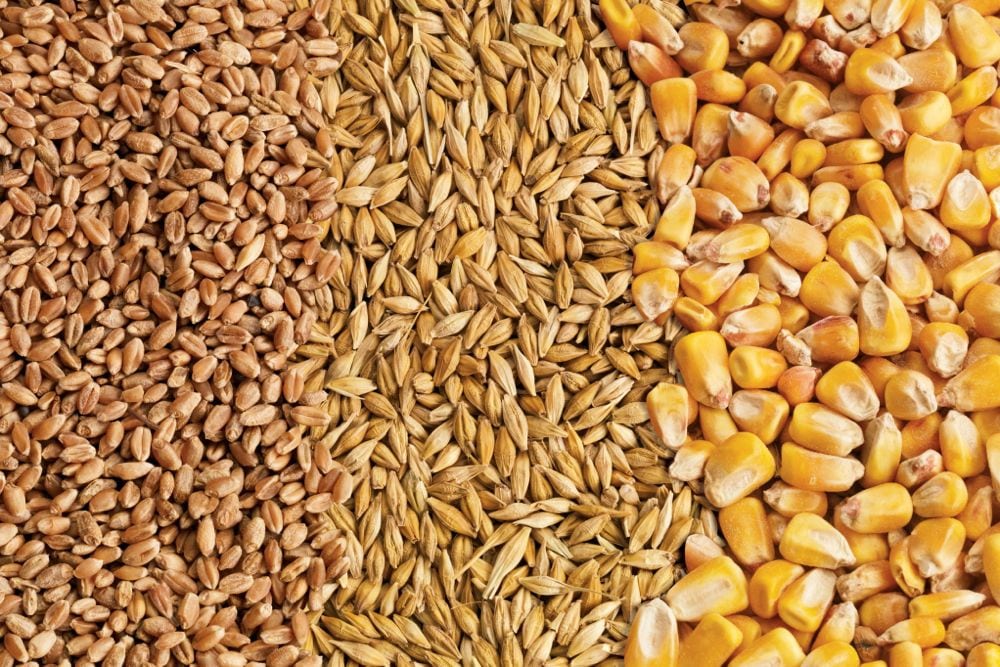U.S. farmers planted slightly more corn and three percent more soybeans than they had initially planned, the USDA said Friday morning.
However, crop prices are generally up, supported by the Midwest drought and by news from the eurozone leaders summit that they plan to support struggling Spanish and Italian banks and also to fund a stimulus program.
The news is causing stock markets and commodities to rise and the U.S. dollar to fall in a “risk on” trading day. The Canadian dollar is up sharply and that is limiting gains.
Read Also

Feed Grain Weekly: Buyers holding off from making purchases
Weak demand continues to hamper prices for feed barley and wheat, said Darcy Haley, vice-president of Ag Value Brokers in Lethbridge.
At about noon CST July canola is trading at $627.90, down $14.70. The drop was mainly the result of traders rolling into the November contract as July enters the delivery period.
November is trading at $593.80, up $5.80.
The U.S. corn area at 96.41 million acres is the largest since 1937 and soybean acreage at 76.08 million acres is the third largest ever.
But drought stalks the crop and yield estimates are falling regularly.
Today, Informa lowered its estimate for U.S. 2012 corn yield to 154.9 bushels per acre, from its June 15 projection of 163.4. It pegged corn production at 13.76 billion bushels, from 14.67 billion in mid-June.
Informa also lowered its soybean forecast to 42.7 bu. per acre, from 44.5 on June 15 and it estimated production at 3.21 billion bu., down from 3.34 billion at mid-month.
In a separate report, USDA said the corn stockpile was 3.15 billion bu. on June 1, the smallest amount since 2004 for this time of the year.
That was 0.7 percent less than traders had expected.
USDA’s figures for soybean and wheat stocks were slightly larger than traders had expected.
Based on surveys with farmers, USDA pegged spring wheat area at 12 million acres, down from 12.4 million last year.
Durum area is up a whopping 61 percent to 2.2 million acres, up from 1.37 million last year.
Barley area is up 44 percent to 3.68 million, from 2.56 million last year. Canadian acreage was up less than expected in the Statistics Canada report this week and this large U.S. area might help make up for the size of the Canadian crop.
Oat area is up 10 percent to 2.75 million acres, up from 2.5 million last year.
Canola area soared 52 percent to 1.63 million acres.
Flax area is up 60 percent at 285,000 acres.
Dry bean area is up 35 percent at 1.63 million acres.
These increases are up from a year when excess moisture prevented planting of large areas of North Dakota.
The Bank of Canada noon rate for the Canadian dollar is 98.13 cents US, up for than one cent from 96.78 the previous day.
The U.S. dollar rate was 1.0191 Cdn.
The Canadian Oilseed Processors Association said members crushed 132,809 tonnes of canola in the week ending June 27. That was up 11 percent from the week before and represented a capacity use of 80 percent, still down from the year to date rate of 87 percent.
















